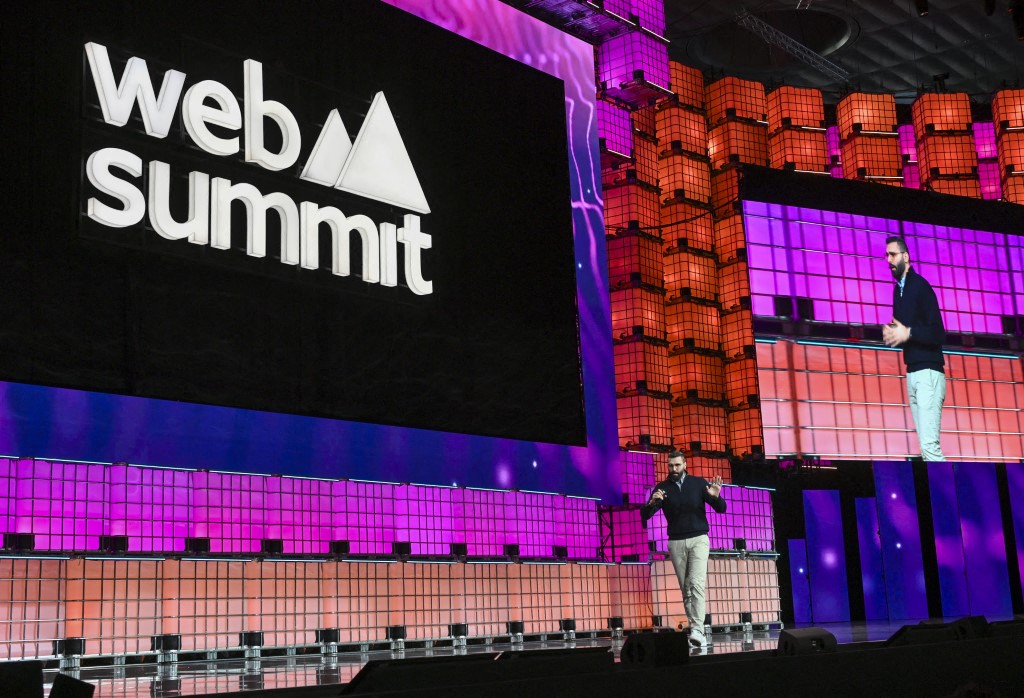Marketing and Communications During the Fourth Industrial Revolution
Iman Ghorayeb speaks about the changes that are here to stay in the B2B marketing and communications sector.

Iman Ghorayeb speaks about the changes that are here to stay in the B2B marketing and communications sector.


December 28, 2025
When Web Summit Qatar returns to Doha from 1–4 February 2026, it will do so with expectations that far exceed its successful debut. Qatar…

December 23, 2025
Dubai — MCN MENAT, part of the Omnicom network, along with its family of agencies across the Middle East, North Africa and Türkiye (MENAT),…

December 22, 2025
The award cited AlShehhi’s career-long role in advancing government communications and digital media through innovative approaches. Khaled AlShehhi, executive director of marketing and communications…

December 14, 2025
CRUSH AGENCY, one of the most influential names in luxury experiential production, has announced the launch of ICONS. by CRUSH, a new international talent…